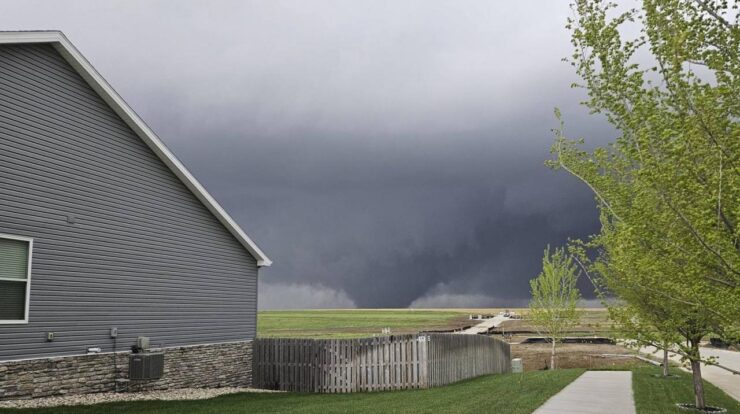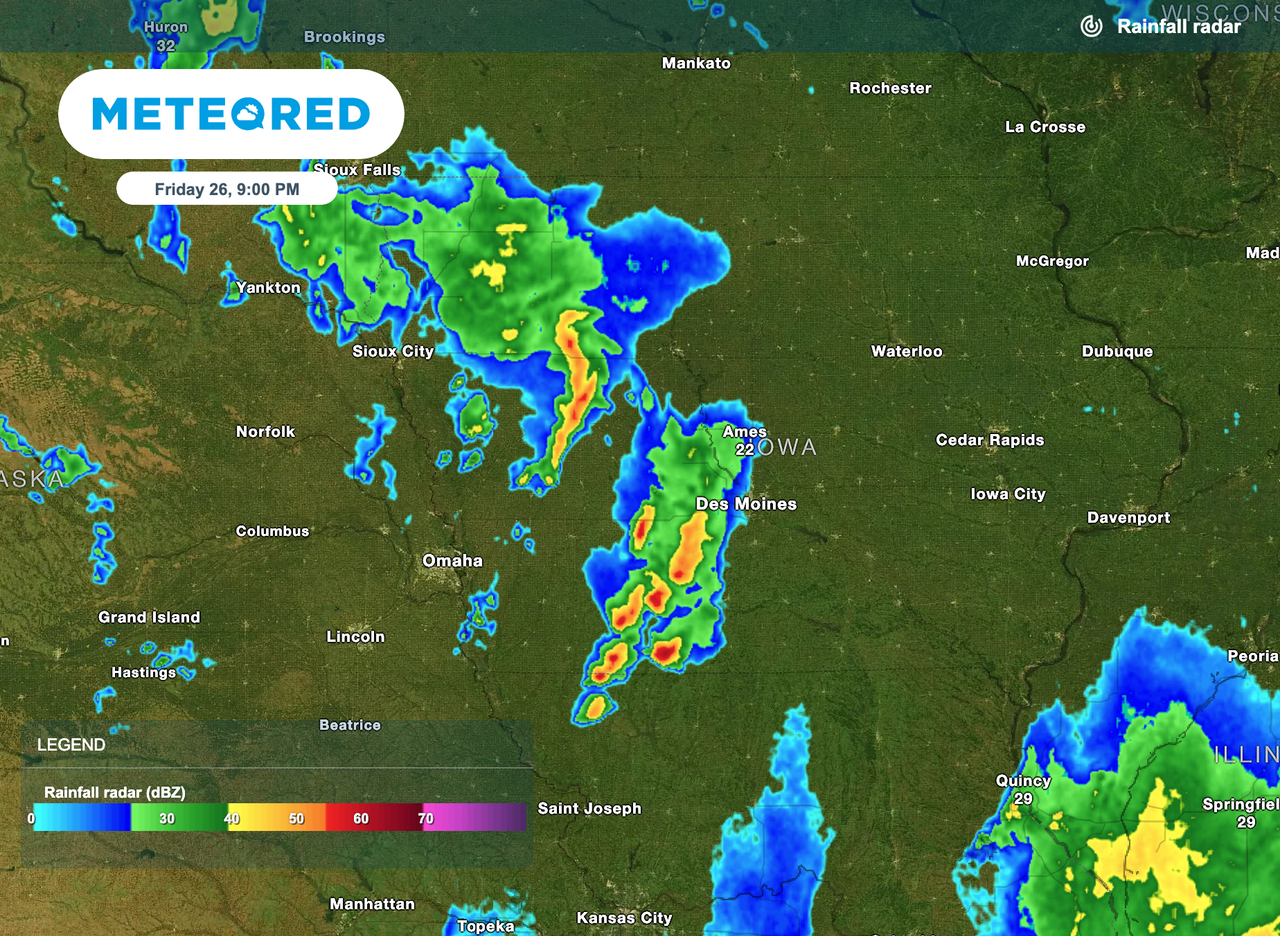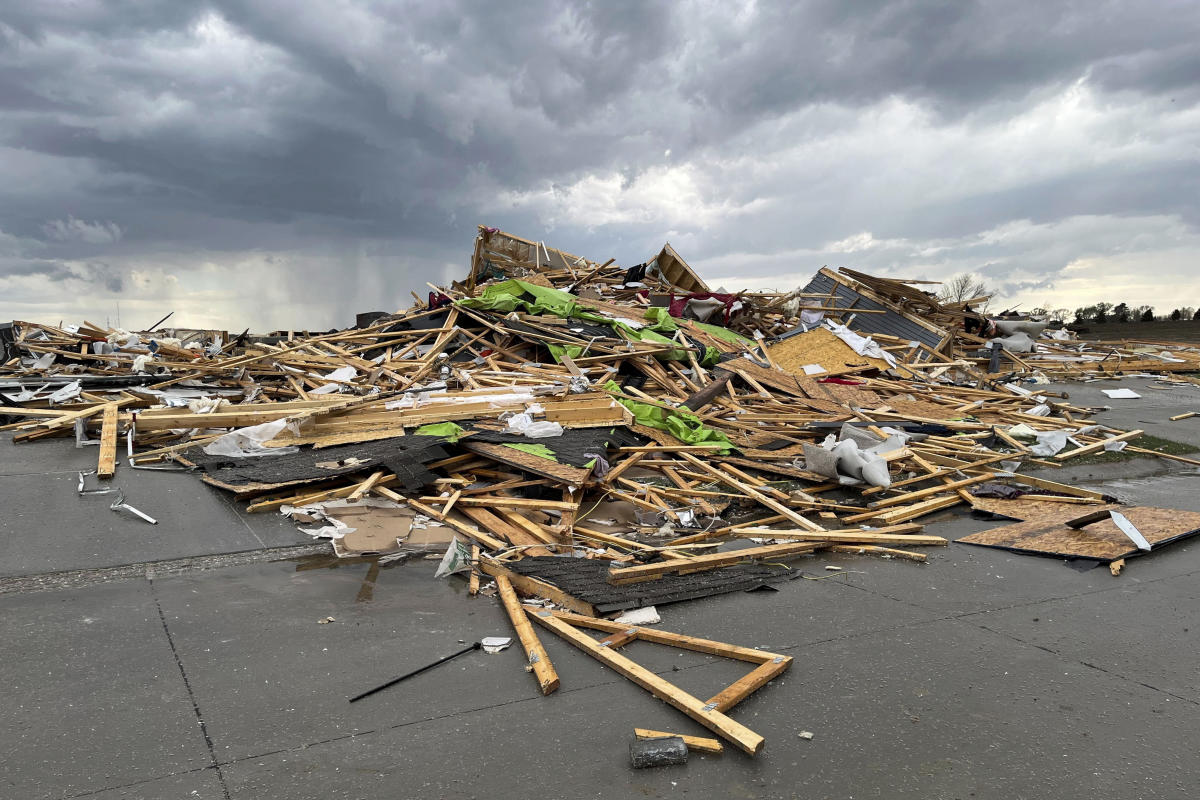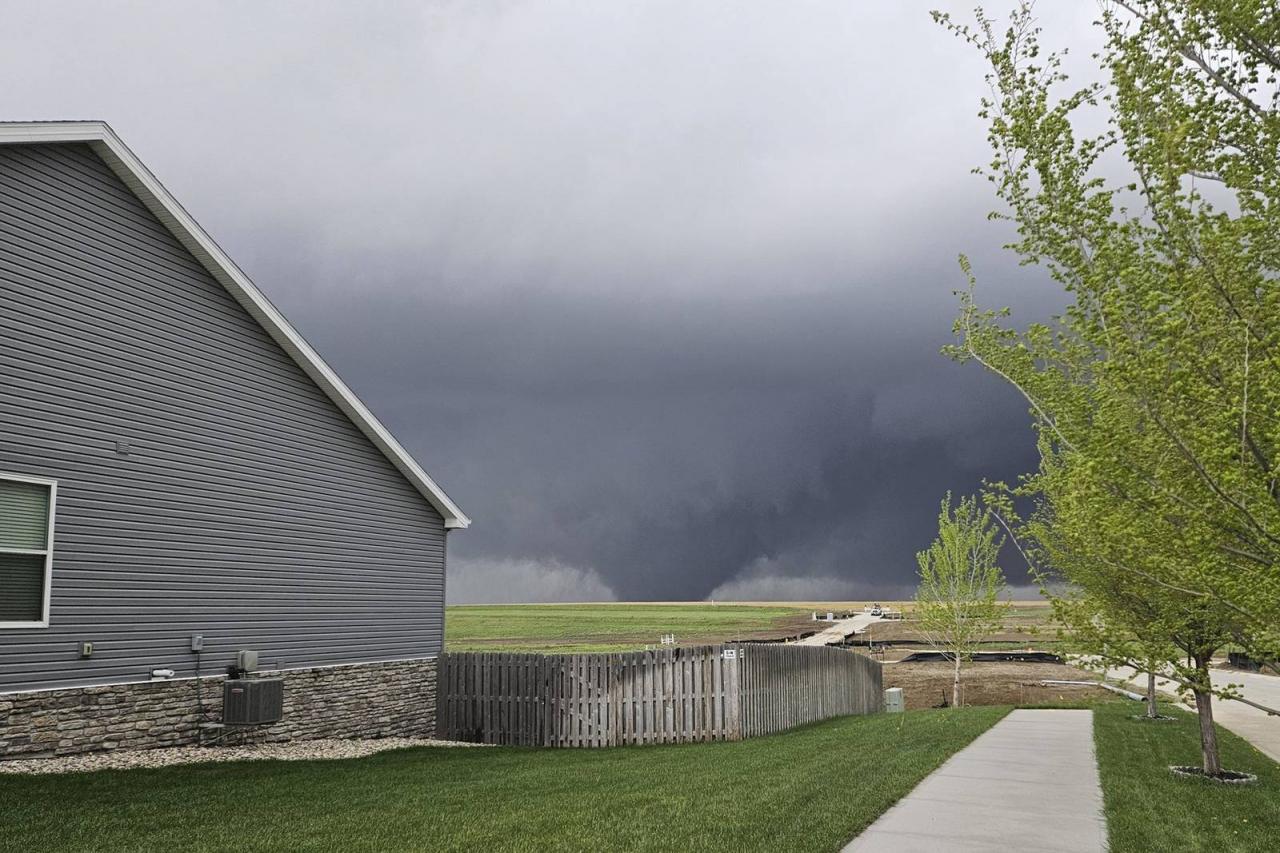
Nebraska, a state prone to severe weather, has faced the wrath of tornadoes, leaving behind a trail of destruction and economic turmoil. This article delves into the causes, types, and impacts of tornado damage in Nebraska, exploring mitigation strategies and research efforts aimed at minimizing its devastating effects.
The meteorological conditions that contribute to tornado formation in Nebraska, such as warm, moist air and strong winds, are examined. A map or table of tornado tracks and intensities provides a visual representation of the state’s vulnerability to these powerful storms.
The role of topography and land use in tornado damage is also discussed.
Causes of Tornado Damage in Nebraska
Tornadoes are violent rotating columns of air that extend from the base of a thunderstorm cloud to the ground. They are caused by a combination of factors, including:
- Warm, moist air from the Gulf of Mexico
- Cold, dry air from the north
- A strong wind shear between the two air masses
When these conditions are met, a thunderstorm can produce a tornado. Nebraska is located in the center of Tornado Alley, a region of the United States that experiences a high number of tornadoes each year. The state’s flat terrain and lack of mountains contribute to the formation of tornadoes.
Map of Tornado Tracks and Intensities in Nebraska
[Sisipkan peta atau tabel tornado yang menunjukkan lintasan dan intensitasnya di Nebraska]
Role of Topography and Land Use in Tornado Damage
The topography and land use of an area can also affect the damage caused by a tornado. Tornadoes are more likely to cause damage in areas with flat terrain and few trees. Trees can help to slow down the wind and reduce the damage caused by tornadoes.
Types of Tornado Damage in Nebraska

Tornadoes can cause a variety of different types of structural damage, including:
- Wind damage
- Hail damage
- Debris impact
Wind damage is the most common type of damage caused by tornadoes. Tornadoes can produce winds of up to 300 miles per hour, which can cause severe damage to buildings, homes, and other structures. Hail damage is also common in tornadoes.
Hailstones can be as large as golf balls or even baseballs, and they can cause significant damage to roofs, windows, and vehicles. Debris impact is another common type of damage caused by tornadoes. Tornadoes can lift debris into the air and hurl it at high speeds, which can cause damage to buildings, homes, and other structures.
Examples of Common Building Materials and Construction Methods, Tornado damage in nebraska
The type of building materials and construction methods used can also affect the damage caused by a tornado. Buildings made of brick or concrete are more resistant to tornado damage than buildings made of wood. Buildings with reinforced concrete roofs are also more resistant to tornado damage than buildings with wooden roofs.
Case Studies of Specific Tornadoes in Nebraska
[Berikan contoh kasus studi tornado tertentu di Nebraska dan jenis kerusakan yang ditimbulkannya]
Economic Impact of Tornado Damage in Nebraska

Tornadoes can have a significant economic impact on Nebraska. The state has experienced several major tornadoes in recent years, including the Omaha tornado of 2011 and the Pilger tornado of 2014. These tornadoes caused billions of dollars in damage and disrupted the lives of thousands of people.The
economic impact of tornadoes can be divided into two main categories:
- Property damage
- Business interruption
Property damage includes the cost of repairing or replacing damaged buildings, homes, and other structures. Business interruption includes the cost of lost revenue and productivity due to tornado damage.
Impact of Tornado Damage on Local Economies and Communities
Tornadoes can also have a significant impact on local economies and communities. The loss of businesses and jobs can lead to a decline in the local economy. Tornadoes can also damage infrastructure, such as roads, bridges, and power lines, which can make it difficult for businesses and residents to operate.
Strategies for Mitigating the Economic Impact of Tornado Damage
There are a number of strategies that can be used to mitigate the economic impact of tornado damage. These strategies include:
- Building codes
- Storm shelters
- Land use planning
Building codes can help to ensure that buildings are built to withstand tornado winds. Storm shelters can provide a safe place for people to take shelter during a tornado. Land use planning can help to reduce the risk of tornado damage by directing development away from areas that are prone to tornadoes.
Final Wrap-Up

In conclusion, tornado damage in Nebraska poses significant challenges to the state’s communities and economy. However, through a combination of research, mitigation measures, and community preparedness, Nebraska is striving to reduce the risks and impacts of these devastating events. By understanding the causes, types, and economic and human impacts of tornadoes, we can work towards building more resilient communities and protecting lives and property.
Frequently Asked Questions
What are the most common types of structural damage caused by tornadoes in Nebraska?
Wind damage, hail damage, and debris impact are the most prevalent types of structural damage caused by tornadoes in Nebraska.
How can I prepare for a tornado in Nebraska?
Have a tornado preparedness plan, know the different types of tornado warning systems, and take safety precautions before, during, and after a tornado.
What are some strategies for mitigating the economic impact of tornado damage in Nebraska?
Implementing stricter building codes, promoting storm shelters, and enhancing land use planning are some strategies for mitigating the economic impact of tornado damage.





